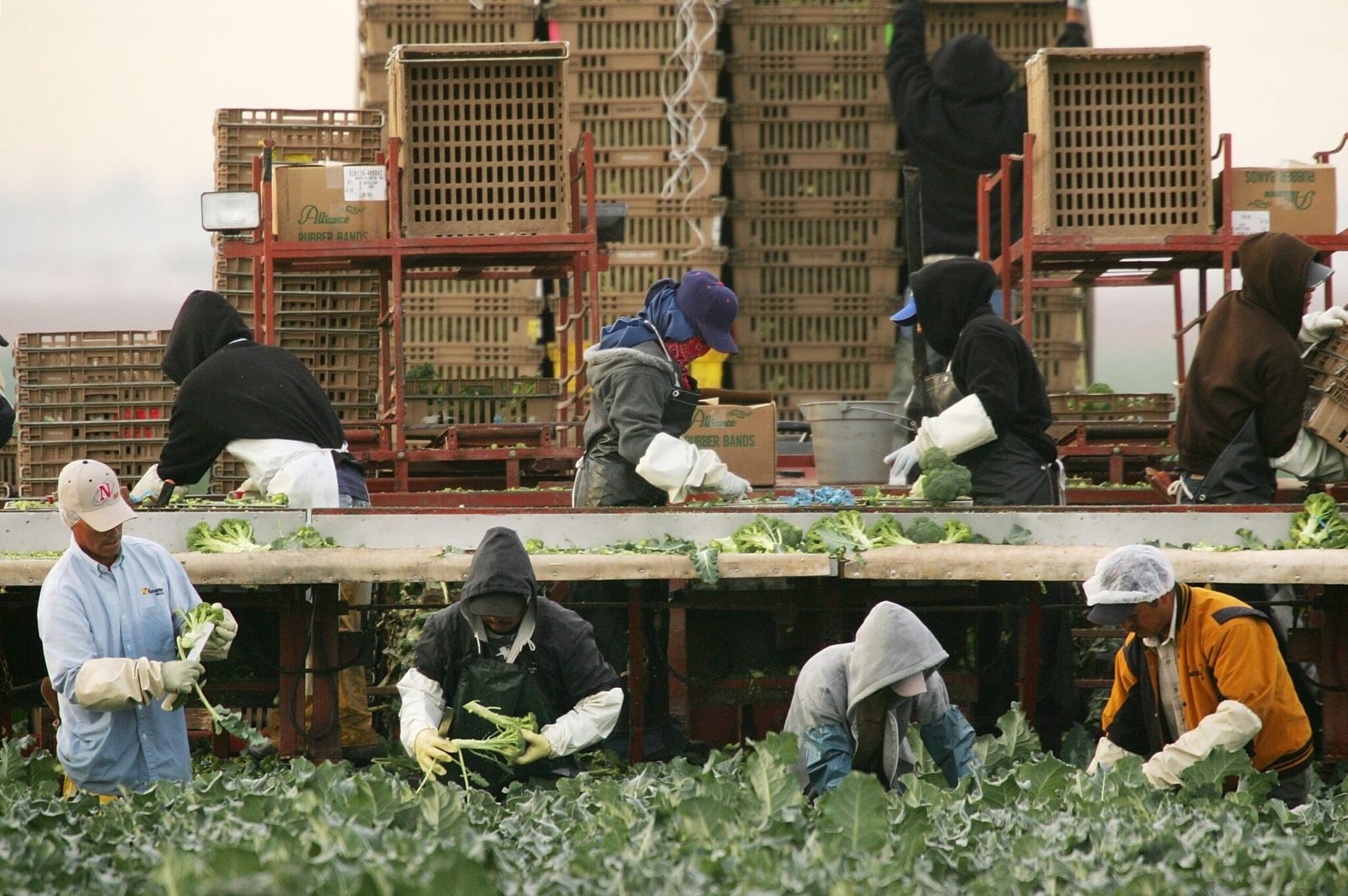affordable housing
Trump’s Mass Deportations: A Recipe for Rising Costs and Labor Shortages in Arizona

WASHINGTON – President Donald Trump’s potential deportation orders could significantly impact Arizona’s agricultural and construction sectors, potentially leading to increased costs for homebuyers and grocery shoppers.
According to data from the Pew Research Center, approximately 20% of agricultural workers and 12.5% of construction workers in Arizona lack permanent legal status. George Hammond, director of the Economic and Business Research Center at the University of Arizona, pointed out that removing a key segment of the labor force would result in labor shortages, supply chain disruptions, and scarcities of goods and services.
In 2022, Arizona’s undocumented population was estimated at 250,000, which is out of a total state population of 7.3 million. Mark Hugo Lopez, director of race and ethnicity research at Pew, emphasized the potential economic fallout, particularly concerning housing and food prices.
The construction sector contributed nearly $33 billion to Arizona’s $534 billion economic output in 2023, while agriculture accounted for approximately $2.6 billion. Recent statistics show there were 21,617 agricultural workers in Arizona in 2022, as per the U.S. Department of Agriculture.
The construction industry employed around 214,000 individuals statewide as of December, with the leisure and hospitality sector employing 355,000. Michael Vazquez, executive director of the Arizona State Building and Construction Trades Council, stated that he does not anticipate deportations to affect unionized construction workers, who are vetted through the federal E-Verify system.
Vazquez argued that there’s no imminent worker shortage, contending that the existing workforce is adequate. However, with the state’s unemployment rate holding at 3.8%, concerns about diminishing available labor are prevalent. Paul “Paco” Ollerton, a third-generation cotton farmer in Pinal County, highlighted the pervasive labor shortages across various sectors, saying, “Everywhere you go, there is a shortage of labor.”
Compounding the issue, farmers often lose workers to higher-paying construction jobs, with contractors offering $4 to $5 more per hour than many farmers can pay. Some business groups advocate for expanding guest worker programs or temporary visas for unskilled workers as a way to mitigate the impact of mass deportations. However, such proposals have struggled to gain traction in Congress.
In 2023, the State Department issued just over 310,000 H-2A visas for temporary agricultural workers, with nearly all going to individuals from Mexico. These one-year visas can be renewed three times, allowing workers to return after a 60-day absence. The H-2B program for unskilled labor outside agriculture saw almost 132,000 visas issued that year, yet many employers deem these temporary solutions inadequate.
Ollerton remarked, “It just doesn’t work.” He elaborated that such programs may fall short in various sectors, including retail, restaurants, and manufacturing, where companies invest significantly in training employees.
The discussion around the potential impact of mass deportations on housing costs remains complex. Alex Nowrasteh from the Cato Institute predicts demand and prices could decline as residents vacate properties. Conversely, Geraldine Miranda from the Arizona Center for Economic Progress forecasts rising housing prices due to a construction labor shortage. She noted, “Arizona’s economy has been booming,” with many individuals migrating to the state from elsewhere.
Economic implications extend beyond housing; industries dependent on immigrant labor may face significant shortages, driving wages upward. While this could benefit remaining workers, increased wages inevitably lead to higher operational costs, which businesses typically pass on to consumers, resulting in a net economic downturn, according to Nowrasteh.
At a national level, immigrants constitute a crucial labor demographic, with the Migration Policy Institute reporting that 77% of immigrants were of working age compared to 58% of U.S.-born citizens. Hammond emphasized the need for immigration to sustain workforce growth, which is vital for improving living standards.
As of 2022, the Pew Research Center estimated approximately 11 million people to be living unlawfully in the United States, reflecting a decline from a peak of 12.7 million in 2007. Arizona’s undocumented population has halved since then. The American Immigration Council posits that Trump’s mass deportation initiative could cost as much as $968 billion and would necessitate vastly increased detention facilities and resources.
Lopez expressed concern about the broader effects of such deportations, stating, “These deportations have a significant impact on the way that people are living their lives,” affecting both undocumented individuals and those fearing inadvertent deportation.
Matthew DeWees reported from Washington, while Katrina Michalak contributed from Phoenix.


















